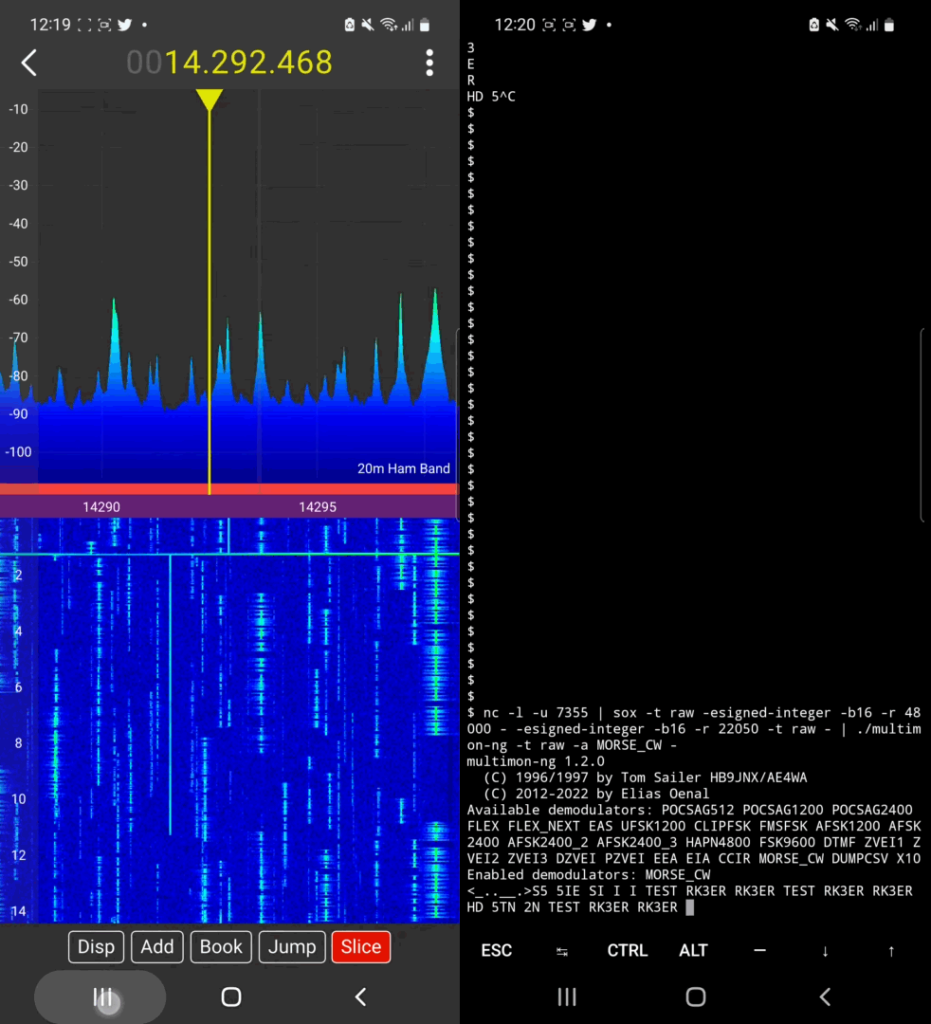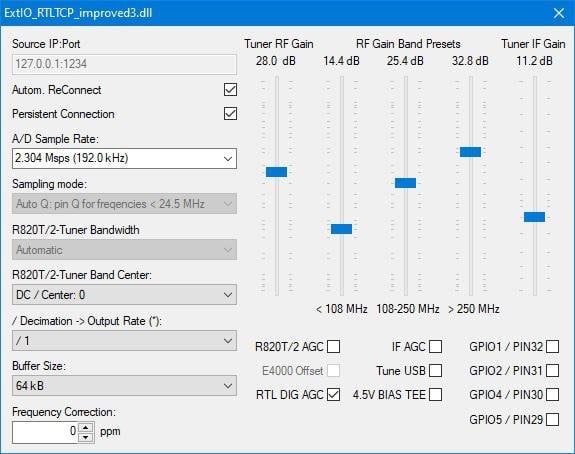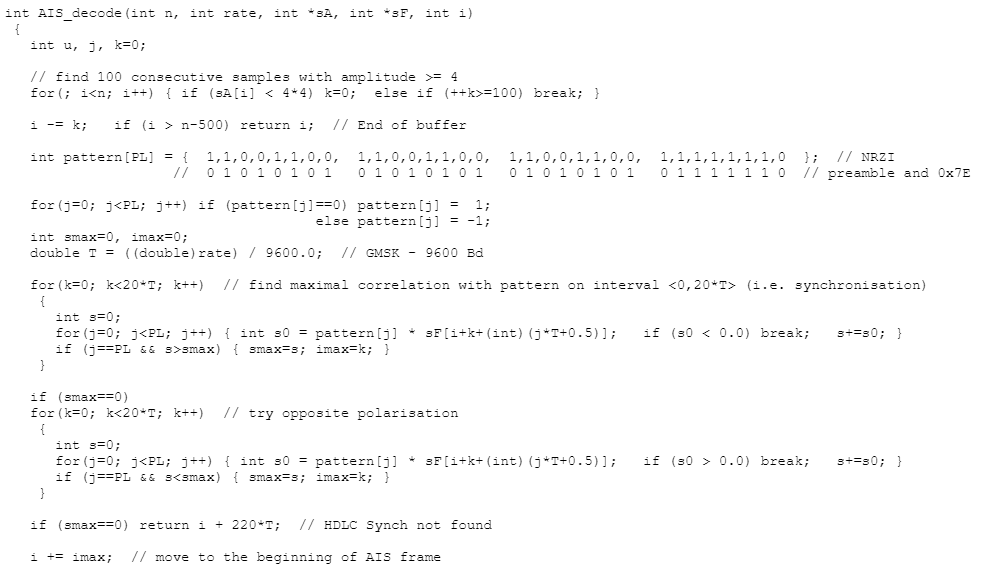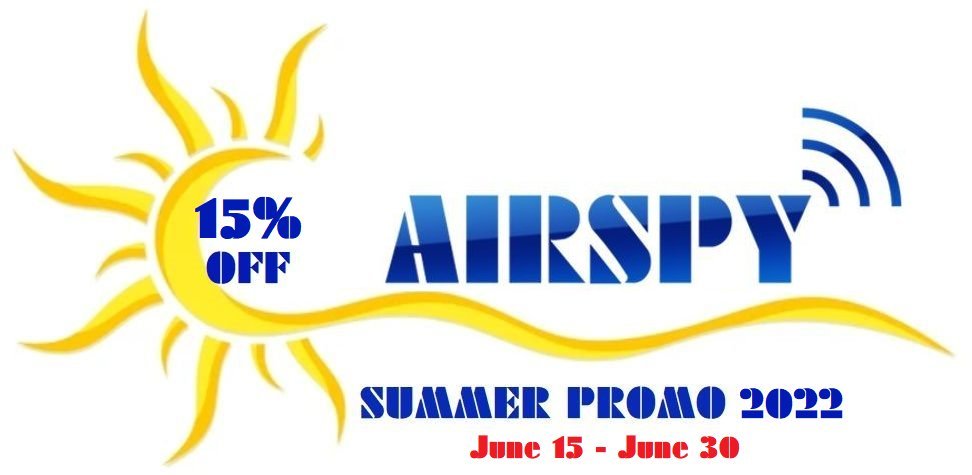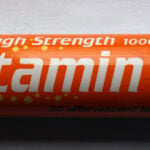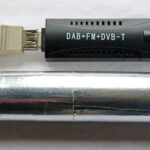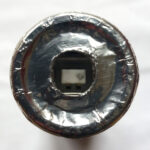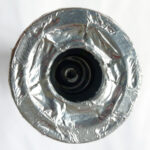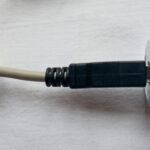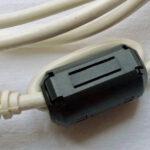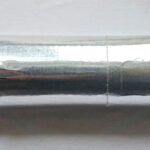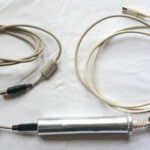MagicSDR: Streaming Audio over UDP to Decoders like Multimon-NG
Back in May 2021 we first posted about the release of MagicSDR, which is an Android and iOS SDR app that receives data from an rtl_tcp server elsewhere on your network. Apart from the RTL-SDR, MagicSDR also supports the SDRplay, LimeSDR, HiQSDR, Flex 6-seris and sound card based radios.
Recently MagicSDR programmer Vlad wanted to share a new feature in MagicSDR that allows users to stream audio over UDP. He notes that this allows external data decoders such as direwolf or multimon-ng to be used. The example in the video below shows MagicSDR sending demodulated audio over UDP to multimon-ng running on the same Android device.
